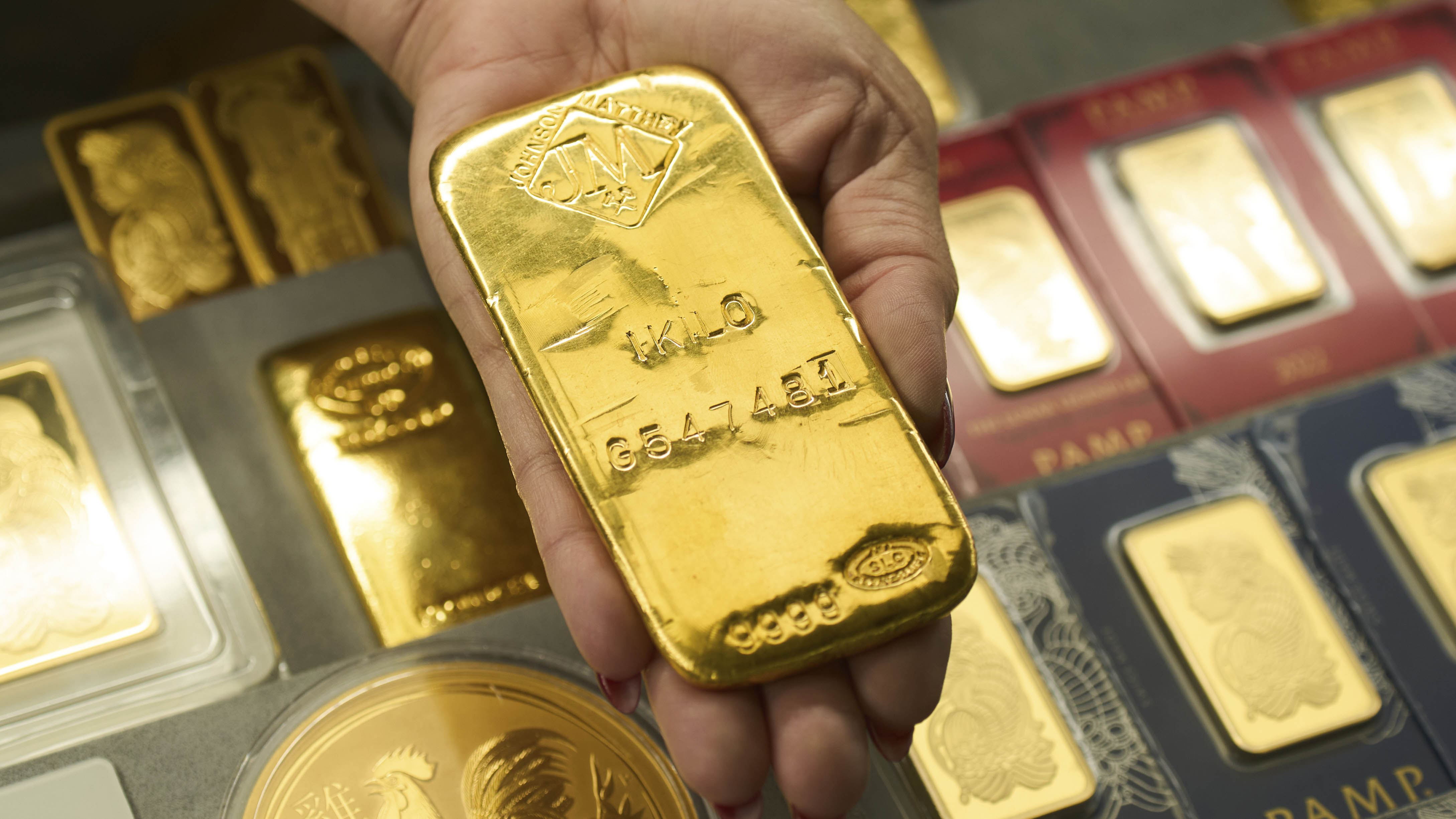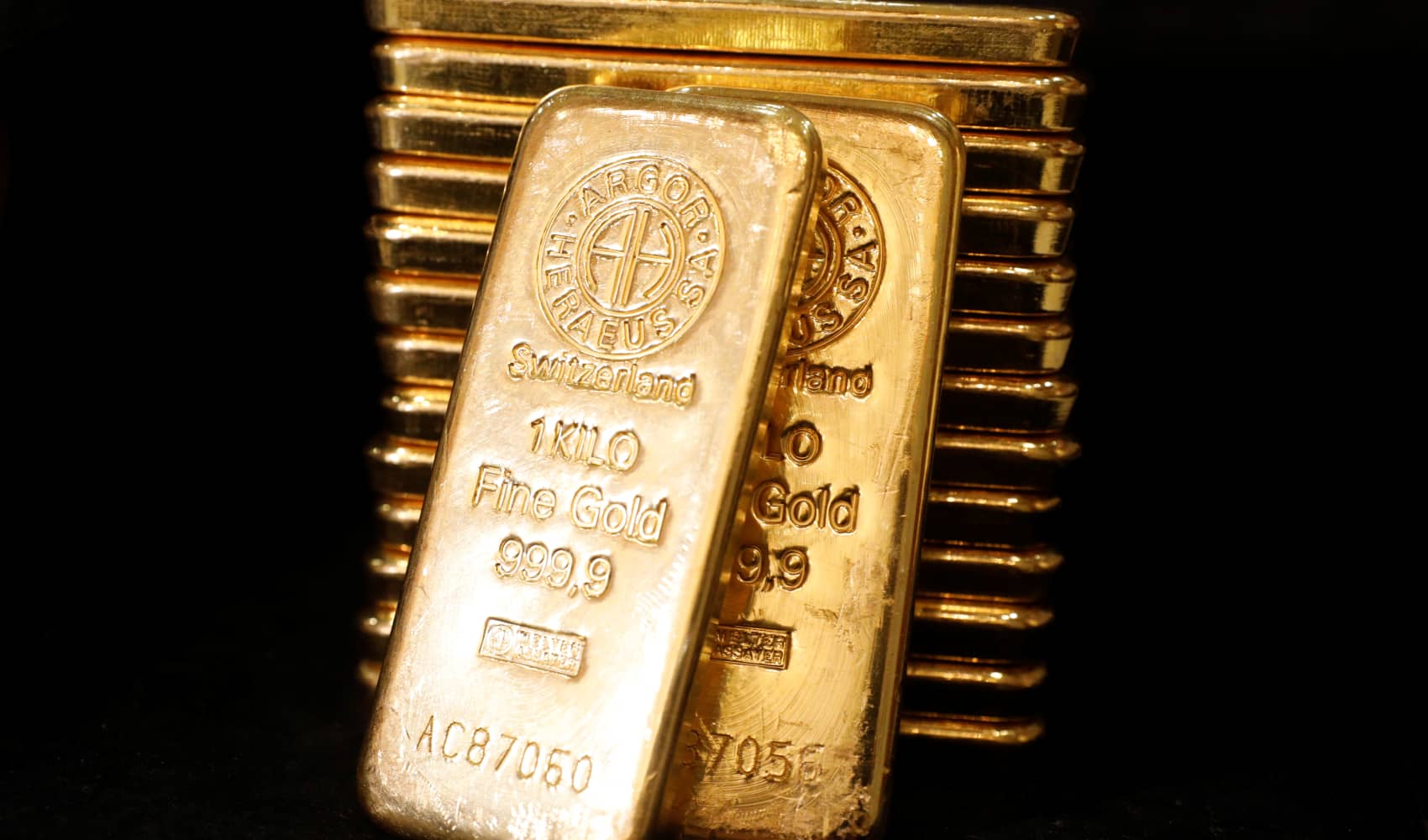I Bonds & Trump Tariffs: Inflation Protection Guide
Trump Tariffs & I Bonds: Your Inflation Shield?
Introduction: Riding the Inflation Wave with I Bonds
Worried about rising prices eating away at your savings? You're not alone. With economic policies like tariffs potentially fueling inflation, many investors are searching for ways to protect their hard-earned money. Enter Series I bonds – a unique savings product whose interest rate is directly tied to inflation. But are they the right fit for your financial strategy? Let's dive in and explore how I bonds could act as a shield against the rising tide of inflation, especially in light of policies implemented during the Trump administration.
What Exactly are Series I Bonds?
Think of Series I bonds as a special type of savings bond issued by the U.S. Department of the Treasury. What sets them apart is their unique interest rate structure, which combines a fixed rate (which can be zero) with an inflation rate that adjusts twice a year based on the Consumer Price Index (CPI). This inflation component is your defense against rising prices.
How the Interest Rate Works
The composite rate, the one you actually earn, is calculated using a formula that combines the fixed rate and the inflation rate. Don't worry, you don't need to be a math whiz to understand it! The TreasuryDirect website (treasurydirect.gov) will show you the current composite rate. The key is that as inflation rises, so does the interest rate on your I bonds, helping to preserve your purchasing power.
Trump Tariffs: A Catalyst for Inflation Concerns?
During the Trump administration, tariffs on imported goods were a significant policy. The potential impact of these tariffs on inflation became a major concern for many economists and investors. Tariffs essentially increase the cost of imported goods, and these costs can be passed on to consumers in the form of higher prices. This is where the worry about inflation stems from, and why some people see I bonds as a way to counter that risk.
I Bonds: A "Noticeable Uptick" in Interest?
As certified financial planner Nathan Sebesta of Access Wealth Strategies noted, there's been a "noticeable uptick" in interest surrounding I bonds. This increased interest can be directly attributed to investor concerns about inflation, partly driven by the economic landscape during the Trump administration. People are actively seeking ways to protect their savings, and I bonds offer a perceived safe haven.
The Current I Bond Rate: A Sweet Deal?
Currently, newly purchased I bonds offer an attractive interest rate. You might be thinking, "Okay, that sounds good, but what's the catch?" Well, there are a few things to consider, which we'll cover later. But for now, it's important to understand that this high rate is directly tied to current inflation levels. If inflation cools down, the rate will adjust downward as well.
I Bonds vs. Other Inflation Hedges: How Do They Stack Up?
While I bonds are a popular option, they aren't the only game in town. Other inflation hedges include:
- Treasury Inflation-Protected Securities (TIPS): These are bonds issued by the government whose principal is adjusted based on inflation.
- Commodities: Investing in commodities like gold or oil can sometimes act as an inflation hedge, as their prices tend to rise during inflationary periods.
- Real Estate: Historically, real estate has been considered a hedge against inflation, as property values and rents tend to increase as prices rise.
Each of these options has its own pros and cons, and the best choice for you will depend on your individual circumstances and risk tolerance.
The Pros and Cons of I Bonds: Weighing Your Options
The Good Stuff: Advantages of I Bonds
- Inflation Protection: This is the biggest draw. The interest rate adjusts with inflation, preserving your purchasing power.
- Safety: I bonds are backed by the full faith and credit of the U.S. government, making them extremely safe.
- Tax Advantages: Interest is exempt from state and local taxes, and federal taxes can be deferred until you cash them in. You can also use them for certain educational expenses and potentially avoid federal taxes altogether.
- Accessibility: You can purchase I bonds directly from the U.S. Treasury through TreasuryDirect.gov.
The Not-So-Good Stuff: Disadvantages of I Bonds
- Limited Purchase Amount: You can only purchase up to $10,000 in electronic I bonds per calendar year per Social Security number. You can also purchase an additional $5,000 in paper I bonds using your tax refund.
- Redemption Restrictions: You can't redeem I bonds within the first year. If you redeem them before five years, you forfeit the last three months of interest.
- Complexity: Understanding the interest rate calculation and tax implications can be a bit confusing.
- Potentially Lower Returns: If inflation remains low, the interest rate on I bonds might be lower than what you could earn with other investments, such as stocks or corporate bonds.
How I Bonds Fit Into Your Overall Financial Strategy
I bonds aren't a one-size-fits-all solution. Here's how to think about incorporating them into your broader financial plan:
Emergency Fund Considerations
While I bonds are safe, the redemption restrictions make them less suitable for a readily accessible emergency fund. Consider keeping your short-term emergency savings in a high-yield savings account or money market fund.
Long-Term Savings Goals
I bonds can be a good option for long-term savings goals, such as retirement or a down payment on a house, especially if you're concerned about inflation eroding the value of your savings.
Diversification Benefits
I bonds can add diversification to your portfolio, as their returns are not correlated with the stock market or other traditional asset classes.
Who Should Consider I Bonds?
I bonds might be a good fit for you if:
- You're concerned about inflation and want to protect your savings.
- You're looking for a safe and low-risk investment.
- You have a long-term savings goal and don't need immediate access to your funds.
- You want to diversify your investment portfolio.
How to Buy I Bonds: A Step-by-Step Guide
Purchasing I bonds is done directly through the U.S. Treasury's website, TreasuryDirect.gov. Here's a quick guide:
- Create an Account: Visit TreasuryDirect.gov and create an online account.
- Link Your Bank Account: You'll need to link your bank account to purchase bonds.
- Choose the Type of Bond: Select "Series I" bonds.
- Enter the Amount: Specify the amount you want to purchase (up to $10,000 electronically per year).
- Complete the Purchase: Follow the on-screen instructions to complete your purchase.
Tax Implications of I Bonds: What You Need to Know
Understanding the tax implications of I bonds is crucial:
Federal Taxes
Interest earned on I bonds is subject to federal income tax but is exempt from state and local taxes. You can choose to report the interest annually or defer it until you cash in the bonds.
Education Tax Exclusion
If you use the proceeds from I bonds to pay for qualified higher education expenses, you may be able to exclude the interest from your gross income. Certain eligibility requirements apply.
I Bonds and the Future: What to Expect
The future performance of I bonds will depend heavily on inflation. If inflation remains elevated, I bonds will continue to offer attractive returns. However, if inflation cools down, the interest rate on I bonds will likely decrease as well. It's essential to monitor inflation trends and adjust your investment strategy accordingly.
Staying Informed: Resources for I Bond Investors
Stay up-to-date on I bond rates and information by visiting the TreasuryDirect website. Also, consult with a qualified financial advisor to determine if I bonds are a suitable investment for your specific financial situation.
Conclusion: Are I Bonds Right for You?
I bonds offer a compelling way to protect your savings from inflation, especially in a climate where economic policies such as tariffs might impact prices. While they're not a magic bullet, they can be a valuable tool in a diversified investment strategy. Consider the pros and cons, assess your financial goals, and determine if I bonds are the right fit for you. Remember, informed decisions are key to achieving financial success.
Frequently Asked Questions (FAQs)
Here are some common questions about I bonds:
- Q: Can I buy I bonds for my children?
- A: Yes, you can purchase I bonds for your children, but they will need their own TreasuryDirect account and Social Security number. Each individual is limited to $10,000 electronic purchase per year.
- Q: What happens to my I bonds if I die?
- A: I bonds can be transferred to your beneficiaries upon your death. The process will depend on whether you have named beneficiaries on your TreasuryDirect account.
- Q: Is there a limit to how long I can hold I bonds?
- A: Yes, I bonds stop earning interest after 30 years. After that, they no longer accrue interest, but they still retain their value and can be redeemed.
- Q: Can I cash in only a portion of my I bonds?
- A: Yes, you can redeem a portion of your I bonds, as long as you redeem them in increments of $25 or more. Keep in mind the redemption restrictions (no redemption within the first year and a three-month interest penalty if redeemed before five years).
- Q: How often does the interest rate on I bonds change?
- A: The composite interest rate on I bonds adjusts twice a year, on May 1st and November 1st. The inflation component is based on the Consumer Price Index (CPI) for the six months prior to the adjustment date.



